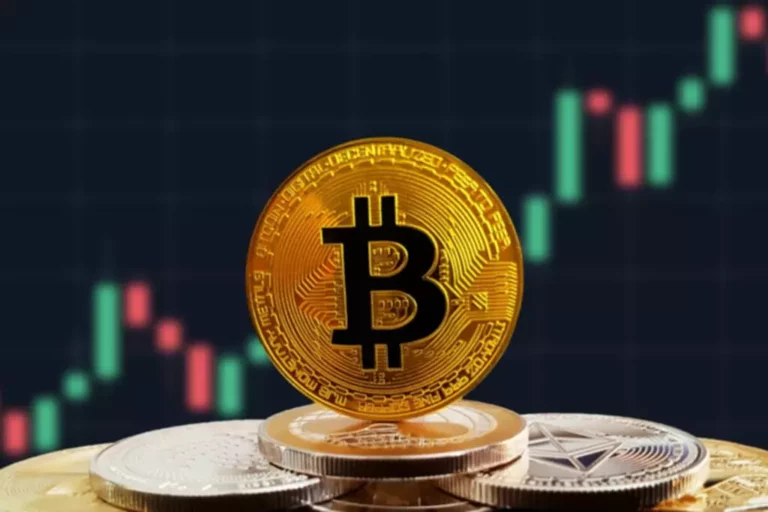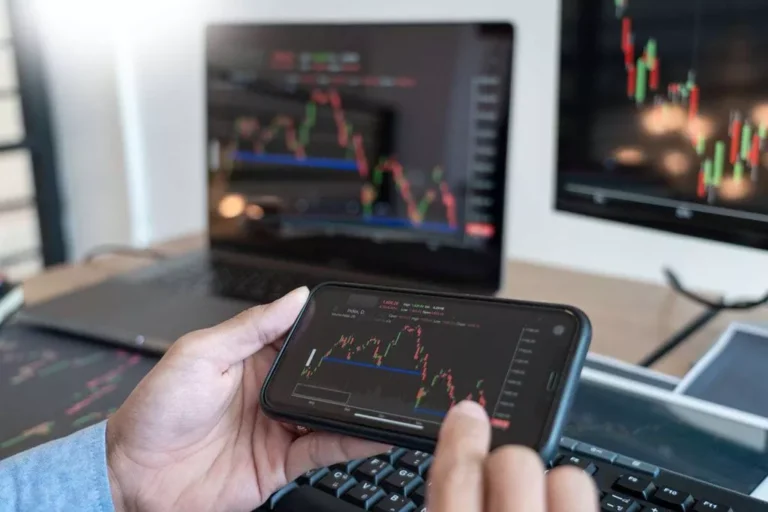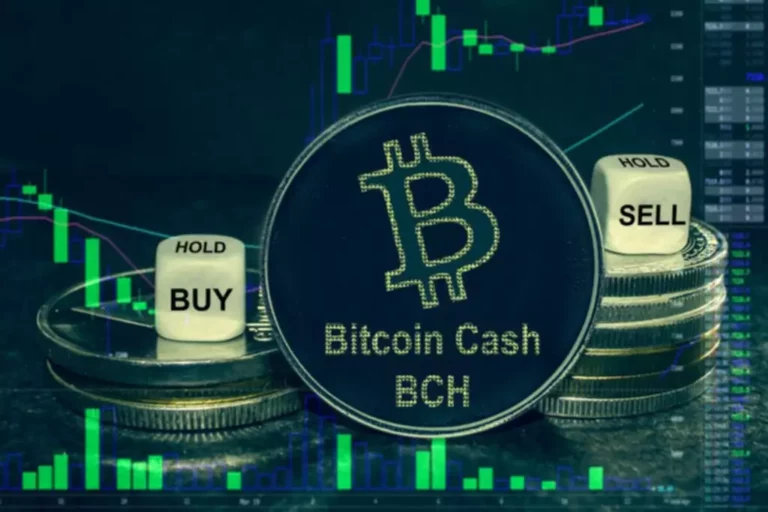Content
Since the current spot rate is greater than the NDF rate, the NDF contract is favourable for investor A, who will receive the difference between the two currency rates multiplied by the notional amount. For many traders, the main attraction of NDFs is their ability to honour indirect currency exchanges, which puts the entire global exchange market in https://www.xcritical.com/ play. In this context, NDFs function similarly to synthetic foreign currency loans, where the financial transaction is settled with an exact equivalent of the nominal currency stated in the contract.
Access to Restricted Currencies
They are settled in what are ndfs cash and are used in less liquid or restricted currency markets. This keeps their finances stable, even when the market is shaky. The largest NDF markets are in the Chinese yuan, Indian rupee, South Korean won, new Taiwan dollar, and Brazilian real.
What is the difference between NDF and FX swap?
NDFs allow hedging and speculation for currencies with high exchange rate risk or potential returns. They allow market participants to lock in a forward rate or bet on a future rate movement, managing their currency exposure or profiting from their currency views. NDFs are customizable, offering leverage and flexibility to suit different needs and preferences. Consequently, since NDF is a “non-cash”, off-balance-sheet item and since the principal sums do not move, NDF bears much lower counter-party risk. NDFs are committed short-term instruments; both counterparties are committed and are obliged to honor the deal.
Non-Deliverable Forwards Vs. Deliverable Forwards
NDFs enable economic development and integration in countries with non-convertible or restricted currencies. They encourage trade and investment flows by allowing market participants to access these currencies in a forward market. Additionally, NDFs promote financial innovation and inclusion by offering new products and opportunities for financial intermediaries and end-users.
This fictitious sum is the agreed-upon NDF face value between the parties. Emerging markets are growing fast, making NDFs in forex trading very important. Investors use NDFs to protect against currency risks in places where regular contracts are hard to get. Market risk is the chance of losing money due to changes in currency exchange rates. Traders need to be careful and use strategies like hedging to handle market risk. An NDF contract has the notional amount, exchange rate, and maturity date.
- As given in the diagram below, a list of reasons as to why the concept is widely used and helps traders in the financial market is given below.
- Conversely, in countries where adjustments to the regulatory regime have allowed greater convertibility, NDF markets have over time, dissipated.
- Trading Derivatives carries a high level of risk to your capital and you should only trade with money you can afford to lose.
- Thus, numerous cases of market volatility and liquidity concerns emerge at frequent intervals.
- The settlement date, the agreed-upon date for the monetary settlement, is a crucial part of the NDF contract.
- This can happen due to financial instability or other unexpected issues.
Now is the time to act—because every fraction of a degree matters. With concerns over a ‘hard landing’ still weighing on the world’s second largest economy, many multinationals will be wary of the impact that a Chinese downturn might have on their operations. But how should a corporate approach hedging their FX exposure to a currency such as the renminbi when the PBoC still has strict controls in place? Here we explore one of the main tools that corporate hedgers use for getting around convertibility restrictions – NDFs. Additionally, since NDF trading is an over-the-counter practice, the reputation of liquidity providers must be flawless without exceptions. NDFs are not closely regulated in the digital trading landscape.
An example of an NDF is a contract between a U.S. importer and a Chinese exporter to exchange USD for CNY at a fixed rate in 3 months and settle the difference in cash on the settlement date. “Market makers might transfer their business into areas where they don’t have to comply with Dodd-Frank and other related regulation. And the question is could there be a shift in terms of volumes from existing markets to places like the Middle East and the Far East, due to the regulations coming into force? ” If this happens then corporates, he argues, may have a problem. Conversely, institutional investors, who are not bound to particular booking centres, will have no issues following the liquidity, especially in the era of electronic portals. With this option, B2Prime intends to open up the international trading market for small to mid-sized investors.
Additionally, DFs must be conducted with currency pairs that can be legally exchanged for each other. It is crucial to mention that NDFs are mostly over-the-counter contracts, which means they are executed directly between the issuing parties. NDFs are also primarily conducted in offshore markets, as volatile currency markets can often ban or restrict such practices within the domestic market. In some cases, the currencies subject to NDFs might be prohibited from moving offshore.
They can be used by parties looking to hedge or expose themselves to a particular asset, but who are not interested in delivering or receiving the underlying product. Also, NDFs are an over-the-counter or OTC derivative product, as opposed to an exchange traded product. This can make it difficult to find accurate data regarding volumes of contracts traded. For NDF trading, understanding contract details, market analysis, and geopolitical events is crucial.
Currency risk is a prevalent factor in the global forex market and beyond. Regardless of the trading industry, every investor keeps cash reserves in their preferred currencies. So, mitigating the currency volatility is a universal mission for all active traders. While some popular currencies, like the US dollar, are reliably backed by various trading instruments and fiscal policies, most foreign currency types do not have this luxury. Conversely, trader B is interested in conducting the opposite exchange. Thus, the two parties decide to sign an NDF contract, legally binding themselves, to execute a currency exchange on the predetermined future date.
As the NDF trading landscape continues to evolve, adding new currencies to the equation is crucial, keeping the trading options varied for investors. B2Prime is dedicated to adding any emerging market currencies to their list, allowing traders to enter new sectors without hassle. The creative team behind B2Prime decided to fuse the CFD and NDF concepts together to provide an instrument that is both a tremendous risk-hedging device and a gateway to earning handsome returns. In simple terms, NDF CFDs work like standard contracts for difference, allowing traders to acquire positions far beyond their current financial capabilities. Instead of exchanging currencies, a cash payment reflects this difference.
This is especially true in markets that are still growing and changing. NDFs provide liquidity and price discovery for currencies with limited or no spot market activity. By allowing market participants to trade these currencies in a forward market, NDFs facilitate the flow of capital and information across borders and regions. NDFs also reflect these currencies’ market expectations and sentiments, which can influence their spot rates and volatility. Large-scale NDF trading began in the early 1990s in Latin America, but had its roots in Australia in the 1970s and 80s. Non-convertible currencies are typically found in emerging market nations, where the government may put them in place to protect their economies from speculative attack.
According to Alfred Schorno, Managing Partner at the multi-bank FX platform 360T, there are two main reasons that explain the recent growth in NDF volumes. Firstly, the fact that NDFs are being used more frequently by corporate hedgers is most likely a reflection of the increasing importance of emerging markets in the global economy. It is important to note that the forward prices are based on the current spot rate and the interest rates on the two currencies in question.
For example, an American firm with subsidiary in India that earns revenues in rupees but reports in USD can hedge the EUR/INR risk by using NDFs. If in one month the rate is 6.3, the yuan has increased in value relative to the U.S. dollar. If the rate increased to 6.5, the yuan has decreased in value (U.S. dollar increase), so the party who bought U.S. dollars is owed money. One key distinction between an NDF and a traditional forward contract is that upon maturity NDFs are paid in cash rather than settled through physical delivery of the underlying. NDF contracts have become wildly popular due to their ability to open up otherwise restricted money markets to international traders. Thus, NDFs provide a safety blanket for investors expecting material market volatility movements.
Regardless of the tradable assets, every market experiences risks related to liquidity. Low liquidity levels impact the volatility of tradable assets, from stocks, bonds and fiat to crypto assets. It’s key to understand and tackle both settlement risk and market risk to trade NDFs successfully. With solid risk management, traders can handle the NDF market’s challenges better. They help companies and investors protect their money by fixing exchange rates for later.
NDFs are primarily traded in over-the-counter markets between authorized financial institutions and large corporations. They are usually not traded on exchanges due to the non-standard nature of the contracts and the need for credit relationships between the counterparties. In some cases, NDFs may have lower costs compared to forward contracts on restricted currencies since they do not incur the expenses related to physical delivery of the currencies. The lower barriers to access make them preferred by investors with smaller capital.
The euro and Japanese yen are the most active currencies in this space. The British pound and Swiss franc are also utilised on the NDF market, albeit to a lesser extent. In the U.S., the Dodd-Frank Act made some NDFs have to be cleared and reported. In addition to market-driven factors, the counterparty credit risk is also factored into NDF pricing by dealers. More uncertain and volatile FX markets command a higher risk premium, leading to wider differentials in NDFs compared to stable currency pairs.
The largest segment of NDF trading takes place in London, with active markets also in Singapore and New York. Some countries, including South Korea, have limited but restricted onshore forward markets in addition to an active NDF market. This will determine whether the contract has resulted in a profit or loss, and it serves as a hedge against the spot rate on that future date. Settlement of NDF contracts is subject to timing mismatches or errors, creating risk around execution of payments.


















